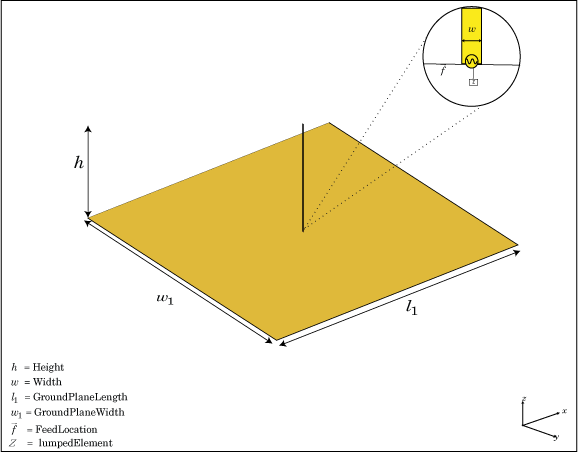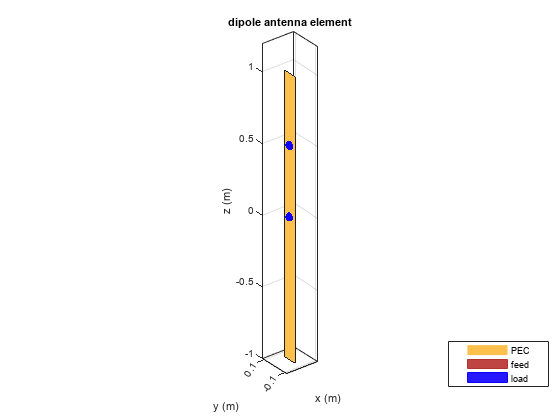lumpedElement
Lumped element circuit to load antenna
Description
le = lumpedElementlumpedElement
object.

When you load an antenna using a lumped resistor, capacitor, or inductor, the electrical properties of the antenna change. These lumped elements are typically added to the antenna feed. You can use lumped elements to increase the bandwidth of the antenna without increasing the size of the antenna.
le = lumpedElement(Name=Value)
Examples
Name-Value Arguments
Output Arguments
Version History
Introduced in R2016b
